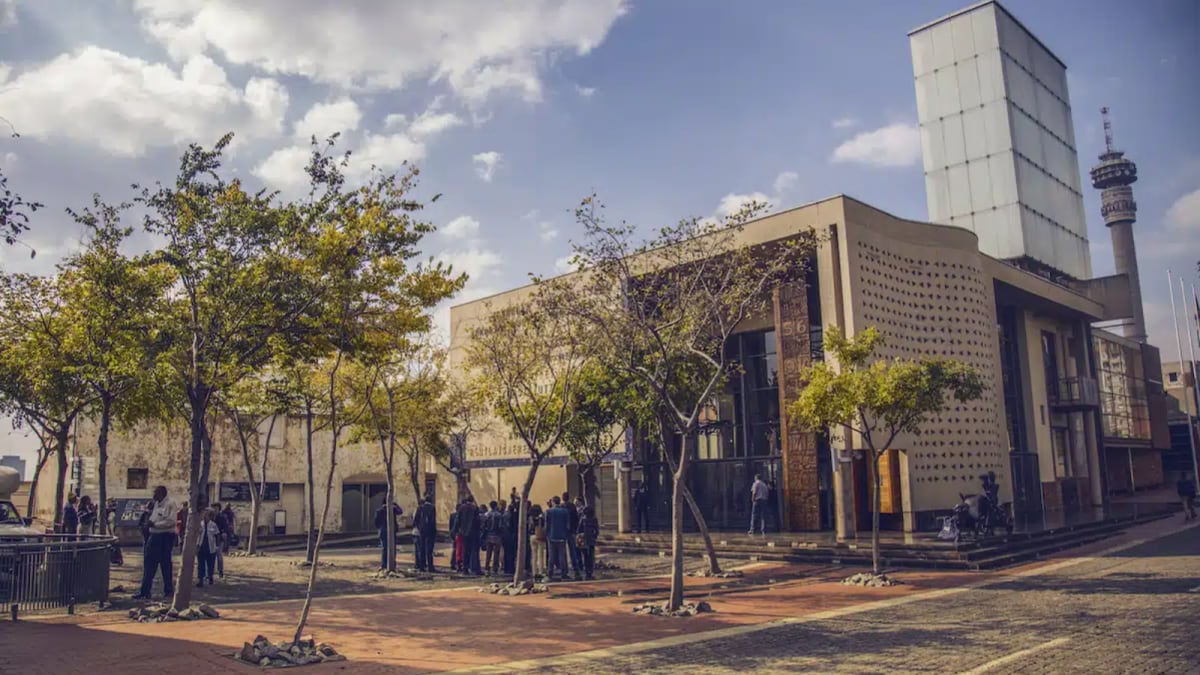Last Updated:
For Indian travelers, retracing Gandhi’s footsteps across South Africa is not just a history lesson but also a deeply moving journey

During his stay in South Africa, Gandhi initiated and joined several civil rights movements against oppression and injustice.
Every year on October 2nd, the world celebrates Gandhi Jayanti, honoring Mohandas Karamchand Gandhi widely known as Mahatma Gandhi and his enduring legacy of peace and non-violence. While much of his life is associated with India’s freedom movement, few realize that Gandhi spent 21 transformative years in South Africa, where his philosophy of satyagraha, or non-violent resistance, first took shape. From being thrown off a train in Pietermaritzburg to establishing a self-sufficient community in Phoenix, Gandhi’s South African years laid the foundation for ideas that would later inspire global civil rights movements.
For Indian travelers, retracing Gandhi’s footsteps across South Africa is not just a history lesson but also a deeply moving journey. These iconic landmarks connect you to Gandhi’s formative years and showcase how South Africa’s landscapes and struggles shaped his vision of justice and equality. Whether you are a history buff, a cultural explorer, or simply seeking meaningful travel, here are three must-visit sites in South Africa that celebrate Gandhi’s enduring legacy:
Recommended Stories
Pietermaritzburg Railway Station, KwaZulu-Natal: Upon arriving in South Africa, Gandhi faced discrimination because of his skin color and heritage. At Pietermaritzburg Railway Station, he was thrown off a train after refusing to leave the “whites only” coach on his way to Pretoria. There, he contemplated whether to return home or stay and resist injustice. He chose the latter and the rest is history. Today, the station building still stands, marked with a plaque commemorating the incident that became a turning point in Gandhi’s fight against racial discrimination.
Phoenix Settlement, KwaZulu-Natal: Located 20 kilometers north of Durban, Phoenix Settlement is where Gandhi lived in a house named Sarvodaya during his years in South Africa. From here, he began publishing his weekly paper Indian Opinion, which became a powerful tool for political mobilization and the fight against racial inequality. The settlement symbolized self-reliance, labor, and a simple communal life. During the political unrest of the mid-1980s, Gandhi’s home was burnt down, but it was later reconstructed as a free public museum, paying tribute to his achievements and principles of non-violence.
Constitution Hill, Gauteng: During his stay in South Africa, Gandhi initiated and joined several civil rights movements against oppression and injustice. For his satyagraha campaigns, he was imprisoned multiple times, serving sentences totaling more than seven months. One such prison was The Old Fort at Constitution Hill, which housed many renowned activists—including Gandhi, Nelson Mandela, and countless others of diverse backgrounds and causes. Today, the site features an exhibition titled Prisoner of Conscience, highlighting Gandhi’s time in prison and even displaying a replica of the sandals he once gifted to General Jan Smuts.
About the Author

Swati Chaturvedi, a seasoned media and journalism aficionado with over 10 years of expertise, is not just a storyteller; she’s a weaver of wit and wisdom in the digital landscape. As a key figure in News18 Engl…Read More
Swati Chaturvedi, a seasoned media and journalism aficionado with over 10 years of expertise, is not just a storyteller; she’s a weaver of wit and wisdom in the digital landscape. As a key figure in News18 Engl… Read More
October 02, 2025, 08:27 IST
Loading comments…
Go to Source
Author: News18



